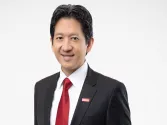
Easy and challenging steps to make SG brands ‘world-class’ competitive
Marketing experts advise investing in omnichannel strategies and talent to diversify brands in a global space.
Singapore’s small geographical area limits brands’ opportunity for growth because of the modest retail market size.
Euromonitor International’s senior analyst, Quan Yao Peh, said there are “limited” Singaporean brands on a global stage because of high operating costs, entrepreneurship, and the willingness of Singaporeans to venture out on their own. Add to that the lack of local-specific raw materials.
Bek Teng Low, an ASEAN family enterprise leader, and partner at EY, advised brands to venture outside of Singapore as the market itself has made a name globally due to its accomplishments and tourism.
Easy steps
Here are market-fit analyses and strategies that local businesses can invest in:
The first and easiest way to be globally competitive is to create a website to reach potential consumers overseas, said Peh. He said Shopify, an existing e-commerce platform enables clients and businesses to set up online stores by creating their own websites to reach a wider audience globally.
Shopify website indicated that Kraft Heinz used Shopify Plus to launch a direct-to-consumer (D2C) offering in one week and made food products accessible to vulnerable populations and essential workers.
“In this era, [digital presence] is even more important because it is a very low-hanging fruit for businesses. If you don't have a physical presence, your digital presence can help you to engage or build a following with consumers that are in other countries,” Peh told the Singapore Business Review.
But Pattern’s chief international officer, Chris Vincent, advised that expansion needs local market knowledge and willingness to invest before thinking globally.
The next step is to invest in talent and upskill professionals who understand the nuances of target markets and marketplaces, said Vincent.
In relation to this, Low said, that brands need to know the culture of the country where they will expand because a certain language can be deemed inappropriate in another country.
“A more general example is that if you go to China, you cannot use words that are deemed inappropriate in the country. The English translation of Mandarin can be challenging and if legally wrong words are used, it can be damaging,” said Low.
Apart from the digital presence, Peh advised brands to attend trade shows and international exhibitions, which can be a way to connect with potential buyers and distributors worldwide.
Another way to expand outside of Singapore, Low suggested, is working with a government agency, EnterpriseSingapore, which so far reported a 25% year-on-year rise in Singapore companies that embarked on internationalisation initiatives in 2022.
Peh said the EnterpriseSG also helps brands increase their footprint in other countries.
Brands should also leverage the government’s agreements in trade investment or customs which creates seamless entry of businesses into other countries. Singapore recently signed a bilateral digital trade agreement with the EU for business-friendly environments.
Some of the challenging parts when securing the global market are organising payment and studying another market’s law regulation.
Low said economies have various sets of laws for payments and regulations such as taxes that businesses need to look at.
The hard part
For Low, all sectors will face risks and challenges when expanding overseas. For example, the food & beverage sector must ensure they follow local hygiene standards before opening up their brand in other territories.
Vincent warned businesses of the overwhelming responsibilities of e-commerce such as getting products onto every online marketplace globally, creating and managing direct-to-consumer (DTC) sites, and requiring technologies to operate these tasks.
“Businesses often underestimate how many people it really takes to manage and scale e-commerce successfully and what kind of talent is required to maintain a formidable presence,” said Vincent.
To solve this, Vincent said firms should partner with an e-commerce accelerator, which maximises traffic and conversion on product listings by looking for patterns in the data.
Brand recognition
Vincent said Singaporean brands competing globally will differentiate themselves from other competitors. It will also help them diversify their consumer base, which boosts their economic position and protects them from risks and regulatory changes.
An example of a successful Singapore brand that expanded globally is Secretlab, which is popularly known for selling gaming chairs. Their quality products and how they continuously improved their products helped them to be recognised globally.
“[Secretlabs’] focus is a lot higher on R&D and innovation in terms of how they continuously try to improve the quality of their products and in terms of the sponsorships or marketing that they take on,” said Peh.
Consumer behaviour
Looking ahead, Low finds Singaporean brands’ outlook on global presence as positive, with the business trips and conferences being held. But Low also warned businesses about the constant effects of high-interest rates and inflation rates.
For Vincent and Peh, brands will continue to address evolving consumer demands globally such as ESG and payment methods to expand their global presence.
“Through the integration of ESG-focused goals into the company’s ecosystem, brands can appeal to this growing group of consumers to align with their goals,” said Vincent.
Examples of efficient payments are tiered loyalty programme benefits, cashback cards, referral schemes, buy now, pay later-based payment instalments through to short-term rentals, or rent-to-own business models.
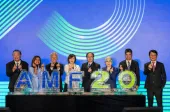









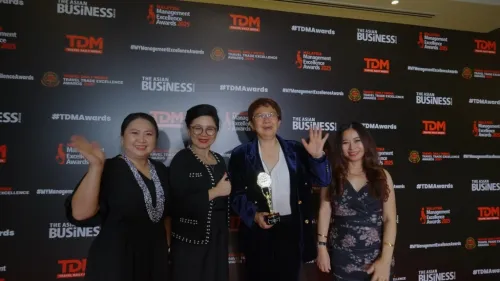
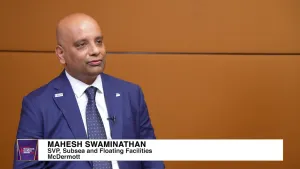

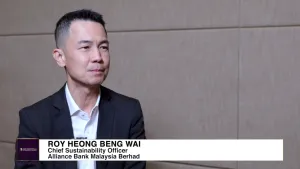
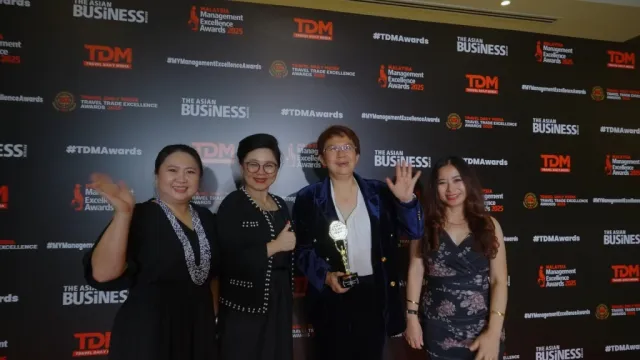

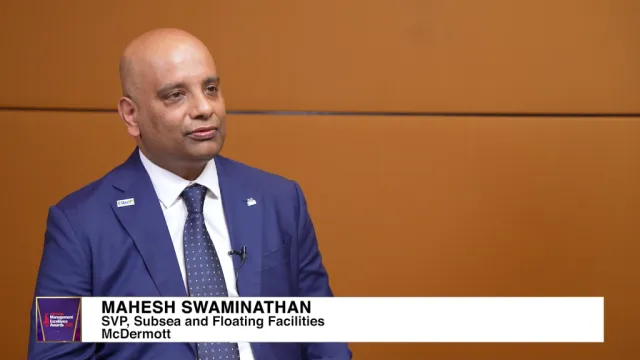
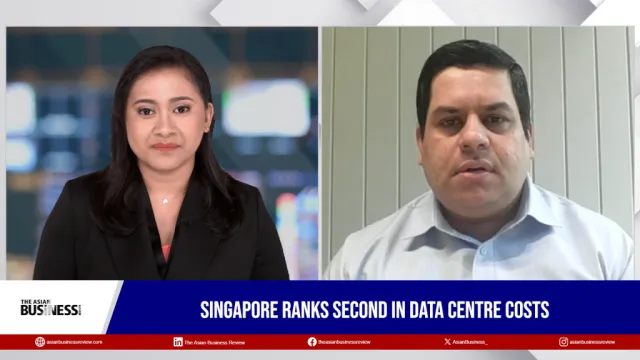

 Advertise
Advertise
